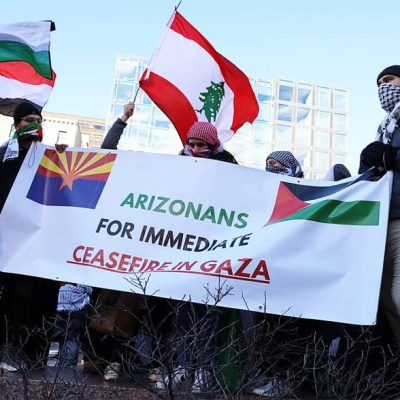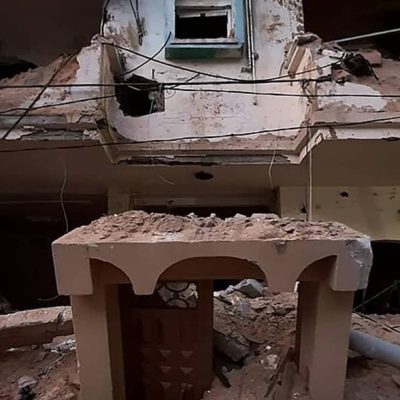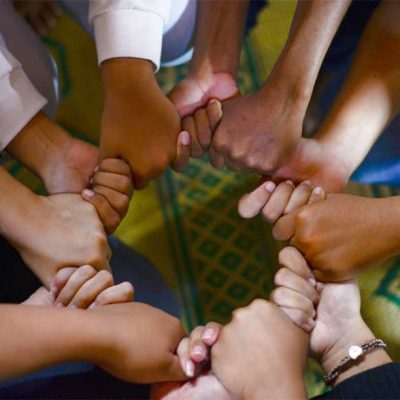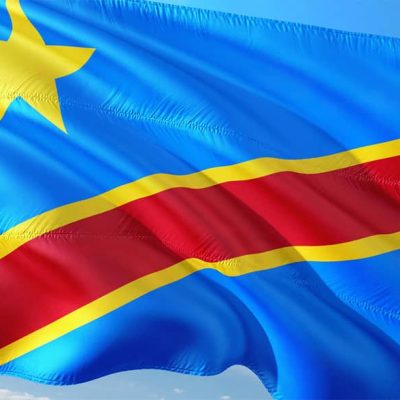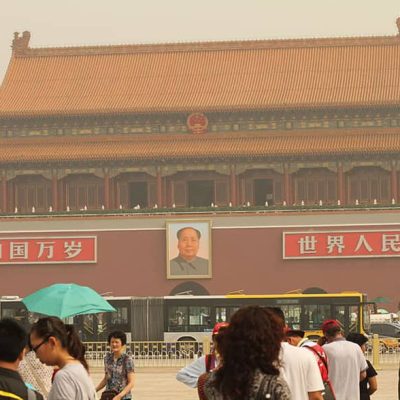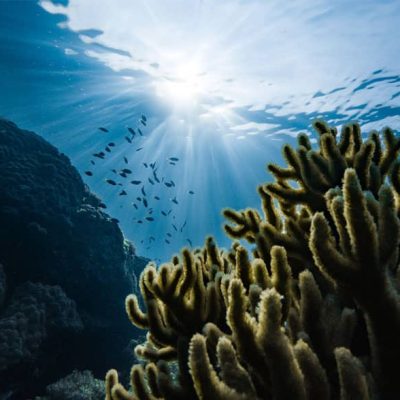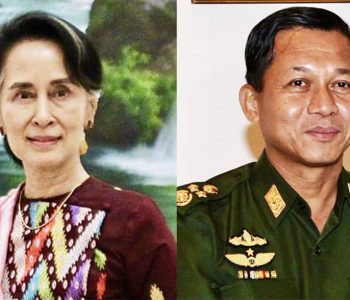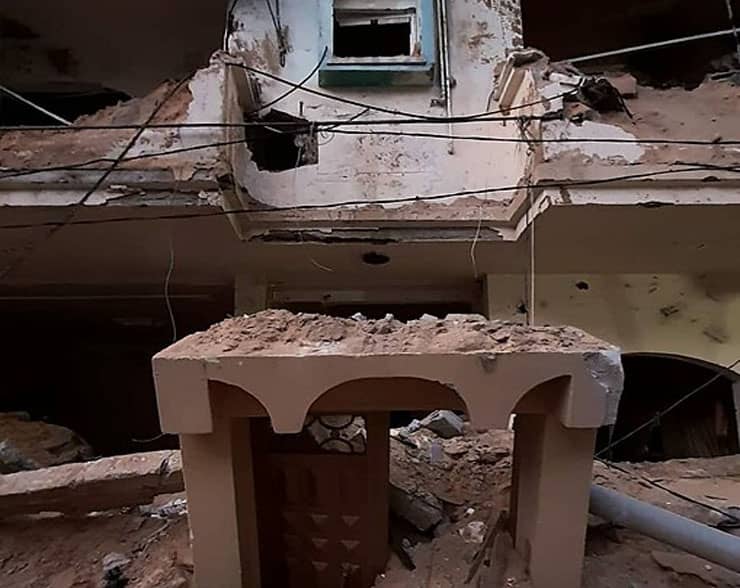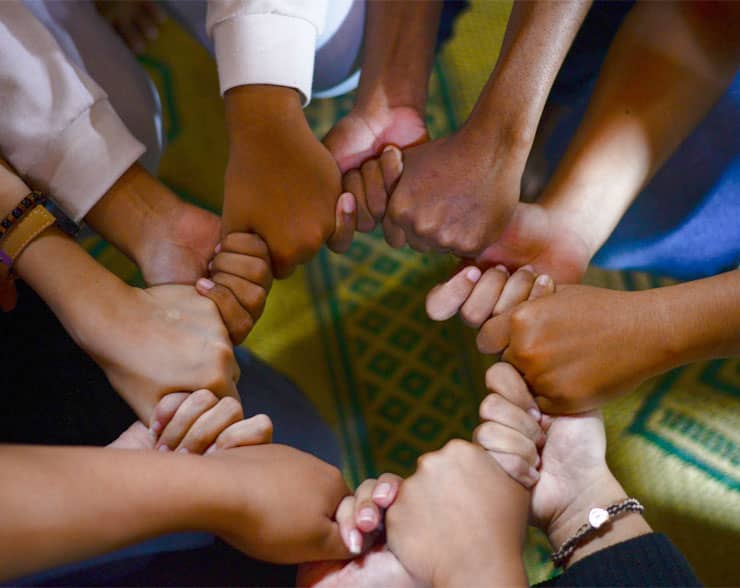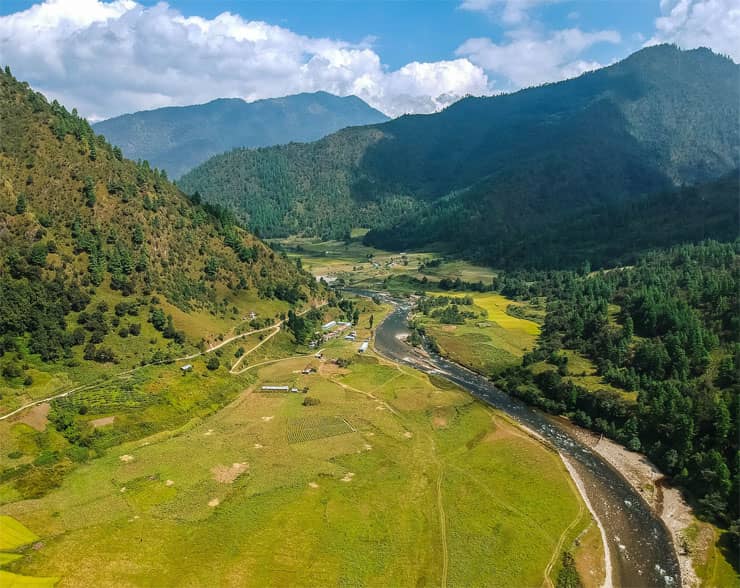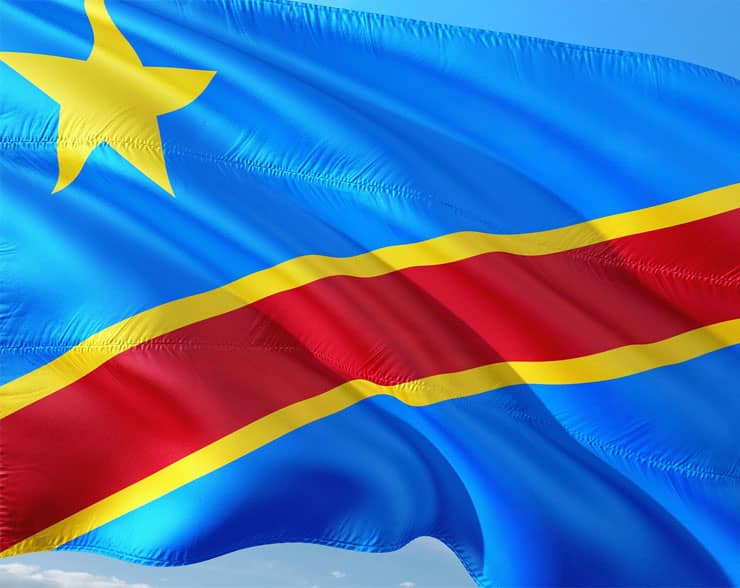 Appeals
Appeals
Crackdown on Buddhism in Tibet?.
Sakya Monastery, Tibet. Sakya Monastery was founded in 1073, by Konchok Gyelpo and is situated about 130 km west of Shigatse on the road to Tingri. By I, Luca Galuzzi, CC BY-SA 2.5 <https://creativecommons.org/licenses/by-sa/2.5>, via Wikimedia Commons.
By Rene Wadlow.
There have been periodical periods of repression on religious liberty in Tibet by the Chinese government usually related to broader policies concerning religion on the part of the government. We may be in such a period now as there is a Muslim element in the repressive policy toward the Uyghurs in Xiaoping and a less obvious Christian element in the repressive policy in Hong Kong; where Christian churches and Christian-related universities are strong champions of human rights. It is also possible that recent events in Afghanistan have made some government officials more aware of the religious element in political trends.
The reasons for the crackdown were not articulated by the police authorities who only cited having photos of the Dalai Lama and correspondence with Tibetans living in India and Nepal for the closing of Kharmar Monastery in Gansu Provence in late July and the arrest of over 120 Tibetans including six monks from Dza Wompo Gaden Shedrup Monastery in early September.
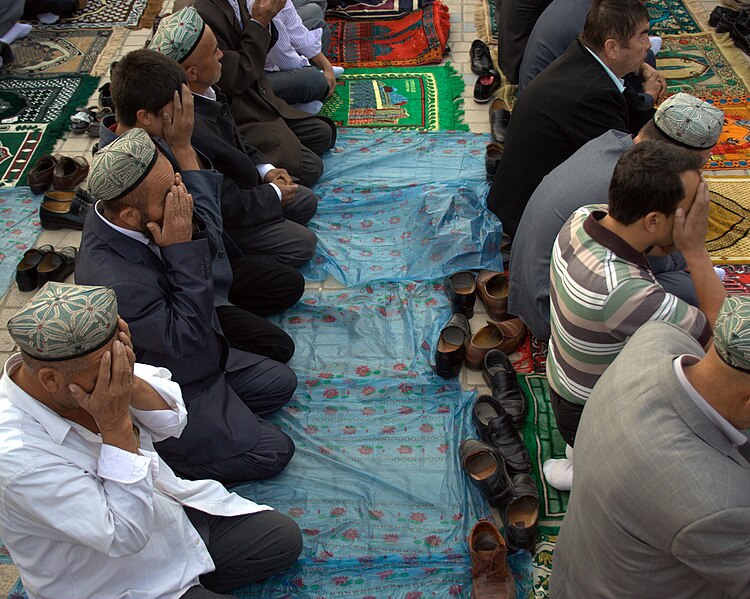
Uyghurs praying in East Turkestan. By Preston Rhea, CC BY-SA 2.0 <https://creativecommons.org/licenses/by-sa/2.0>, via Wikimedia Commons.
Crackdown on Buddhism.
Crackdown in religious practice in Tibet has been periodical. In 1951 Chinese government troops entered Tibet under a “17 Point Agreement” which left Tibet largely autonomous under the Dalai Lama. However, in March 1959, China imposed the socialist system on Tibet in the name of “democratic reforms”. The Dalai Lama, fearing that he would be arrested left for India, followed by his entourage of highly trained lamas and later by other Tibetans. The Tibetans were settled in the Himalaya hill station of Daramsala by the Indian government.
In May 1966, Mao Zedong launched the “Great Cultural Revolution” to “Smash the four olds” (old ideology, old culture, old customs, and old habits). A large number of monasteries, temples and shrines were destroyed in Tibet.
Again, in March 1989, martial law was declared in Lhasa following three days of riots during which thousands of Tibetans took to the streets to attack Chinese-owned stores and government offices. There was a crackdown on religious practice as Buddhism and a sense of nationhood remain for most Tibetans common mobilizing symbols despite the decades of Chinese rule.

The Dalai Lama. By kris krüg, CC BY-SA 2.0 <https://creativecommons.org/licenses/by-sa/2.0>, via Wikimedia Commons.
Middle Way Approach.
At other times, there have been meetings between Chinese officials and representatives of the Dalai Lama such as those of 2002 when the Dalai Lama’s representatives set out a “Middle Way Approach” to secure genuine autonomy for the Tibetan people within the scope of the constitution of the People’s Republic of China. In a follow up meeting in 2008, a detailed memorandum of “Genuine Autonomy for the Tibetan People” was presented by the Tibetan representatives. There were meetings in 2010 to clarify concerns and possible misinterpretations of the Memorandum, although there has been no formal follow up since 2010.
Within China itself, there is an increasing interest in Tibetan traditions of Buddhism. There are some 50 institutes specializing in Tibetan studies. The interest is both cultural and spiritual as some Chinese search for a meaning in life.
Thus it is not clear if the recent arrests are the start of a broader crackdown or the actions of local police officials. From the outside, those of us concerned with safeguarding religious liberty must follow events in China closely.
Rene Wadlow, President, Association of World Citizens.

President, Association of World Citizens (AWC).
Estudied International relations in The University of Chicago.
Estudied Special Program in European Civilization en Princeton University
Here are other publications that may be of interest to you.
Burma’s Crumbling Junta
February first marked the anniversary of the military coup which overthrew the government of Aung San Suu Kyi in 2021. She was in practice the leader of the government but…
Preventing the Expansion of the Gaza Conflict: Are Peace Brigades a Possibility?
Antony Blinken, the U.S. Secretary of State, has been again in the Middle East working to prevent the violence of the Gaza Strip of spreading to much of the area. …
World Citizens Call for an Inmediate End to Hostilities between Israel and Hamas, and for a Genuine Peacebuilding Effort in the Middle East.
Featured image: The impact of the Israeli bombing on a civilian building in Gaza (2021). By Osama Eid, CC BY-SA 3.0 https://creativecommons.org/licenses/by-sa/3.0, via Wikimedia Commons. The AWC, a Nongovernmental Organization…
World Humanitarian Day: A Need for Common Actions.
Featured Image: Photo by Wylly Suhendra on Unsplash. The United Nations General Assembly has designated 19 August as “World Humanitarian Day” to pay tribute to aid workers in humanitarian service…
Peace Planners: Awake!.
Featured Image: Photo by Eddie Kopp, Unsplash. The recent NATO Summit in Vilnius is an indication that the war planning community is busy at work in the spirit of Von…
Track Two Efforts Needed to Reduce China-India Frontier Tensions.
Featured Image: Arunachal Pradesh – India. Photo by Unexplored Northeast, Unsplash. There has been a constant buildup of military forces by the governments of both India and China along their common frontiers. …
Democratic Republic of Congo: Sky Getting Darker.
Photo by jorono, Pixabay. The armed conflict in the eastern area of the Democratic Republic of Congo (RDC) on the frontier with Rwanda seems to be growing worse and is…
World Refugee Day.
June 20 is the United Nations (UN)-designated World Refugee Day; marking the signing in 1951 of the Convention on Refugees. The condition of refugees and migrants has become a “hot”…
4 June: Memories of Tiananmen Square.
4 June makes the security forces in China somewhat uneasy, especially in Hong Kong where, in the past, there were large memorial meetings tp remind people of 4 June 1989…
International Day of the Oceans.
Featured Image: Photo by Marek Okon, Unsplash. Progress on Asian Maritime Delimitations Needed. 8 June has been designated by the United Nations General Assembly as the International Day of the Oceans to…

